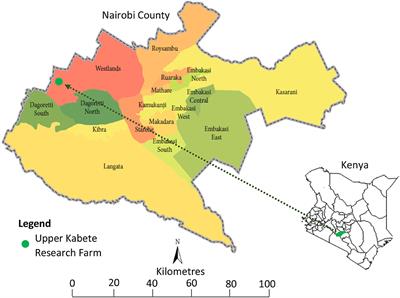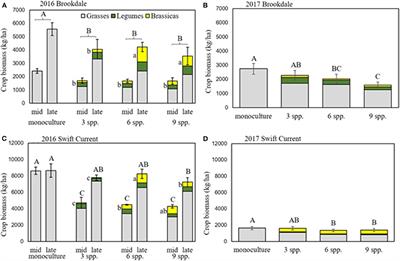EDITORIAL
Published on 19 Feb 2021
Editorial: Intercropping Systems in Sustainable Agriculture
doi 10.3389/fsufs.2021.634361
- 6,701 views
- 17 citations
19k
Total downloads
147k
Total views and downloads
EDITORIAL
Published on 19 Feb 2021
ORIGINAL RESEARCH
Published on 25 Nov 2020

ORIGINAL RESEARCH
Published on 24 Nov 2020

ORIGINAL RESEARCH
Published on 06 Nov 2020

ORIGINAL RESEARCH
Published on 05 Nov 2020

ORIGINAL RESEARCH
Published on 22 Oct 2020

ORIGINAL RESEARCH
Published on 15 Oct 2020

ORIGINAL RESEARCH
Published on 09 Oct 2020

ORIGINAL RESEARCH
Published on 03 Sep 2020

ORIGINAL RESEARCH
Published on 19 Aug 2020

REVIEW
Published on 05 Aug 2020

REVIEW
Published on 22 Jul 2020
